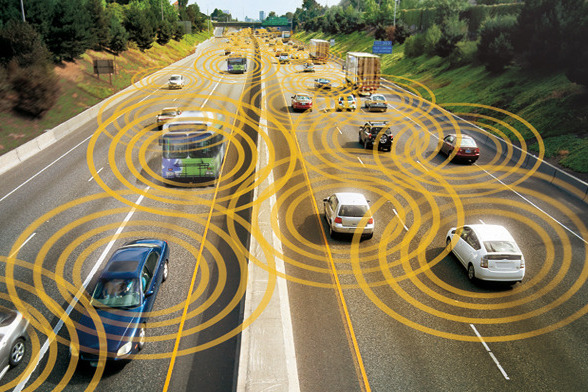Today Google revealed the Daydream View VR-headset together with two Pixel phones that are able to power this hardware. With this VR-headset Google is set to take over the leading position of Samsung in mobile virtual reality technology. The Daydream View VR-headset will cost the customer only $79 when it’s available in November, which is $21 less than what Samsung’s Gear VR sells for ($100). Where the original Daydream VR had some resemblance to the Oculus Rift, this new VR-headset is rather unique due to its fabric-clad exterior. Google came by this design by simply looking at what people wear in real-life, they decided to give it this unique look using soft microfibers, just like in athletic wear. For the design Google actually partnered with clothing designers to optimize the look and feel of the VR-headset. Eventually the headset will be available in three colors (Slate, Snow and Crimson), but in the beginning there will only be a Slate color.
Compared to similar devices, such as the Samsung Gear VR, Google’s VR-headset will weigh 30% less and is based on simplicity and ease of use. Next to this, the device works great when users wear eyeglasses. When in use, the VR-headset has a wireless connection with the smartphone, and when out of use, the controller can be kept in the department where the smartphone normally sits. According to Ron Amadeo one downside compared to the Samsung Gear VR is that there is nothing that centers the phone when it’s in the VR-headset. The left and right half of the screen can be misaligned with the left and right eye of the user, and because of this the VR-headset might not work optimally. So it is important to check whether the phone is put correctly in the headset or not before closing.
Google already has Google Cardboard (made out of carton), which works with virtually every phone, since it only works with simple apps and 360-degree videos. However, the Daydream View VR demands ‘fast-response’ displays and powerful processors in order to work properly. That’s why Google also revealed two Pixel phones that meet these requirements. What stands out is that Google’s Daydream View VR and Pixel phones won’t be the only hardware available, since it is part of a wider Daydream VR platform. Others that are allowed to produce Daydream VR hardware are LG, Huawei, HTC, Lenovo and Samsung. Google actually shared their design of the Daydream View VR with partners, so probably more VR-headsets will be revealed through this platform.
References:
Chacos, B. (2016). GOOGLE’S FABRIC-CLAD DAYDREAM VIEW HEADSET AIMS TO MAKE MOBILE VR EASY-PEASY. Available at: http://www.itnews.com/article/3127594/virtual-reality/googles-fabric-clad-daydream-view-headset-aims-to-make-mobile-vr-easy-peasy.html [Accessed 04 October 2016].
Amadeo, R. (2016). Google’s “Daydream View” VR headset is smartphone-powered VR for $79. Available at: http://arstechnica.com/gadgets/2016/10/googles-daydream-view-vr-headset-is-smartphone-powered-vr/ [Accessed 04 October 2016].


